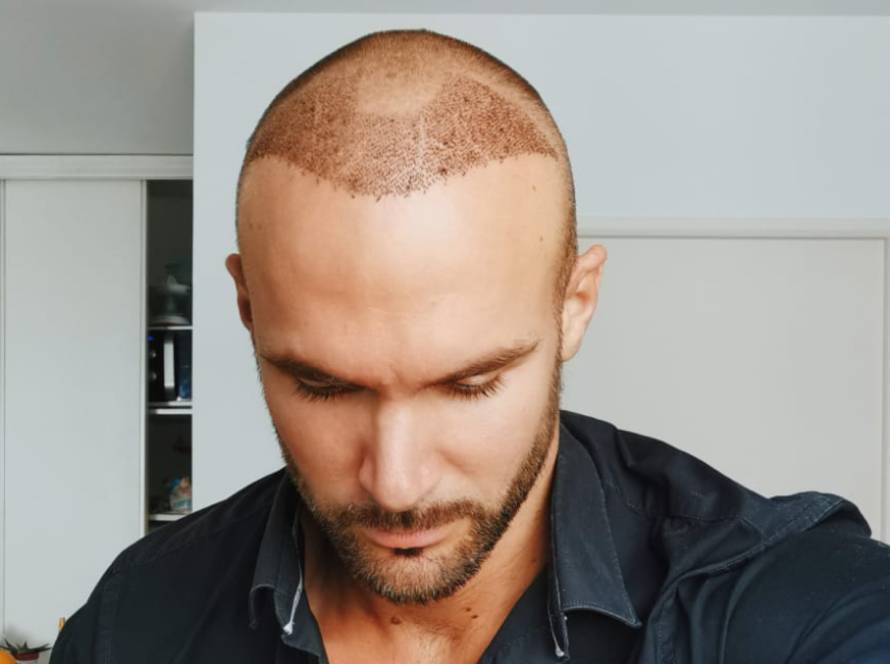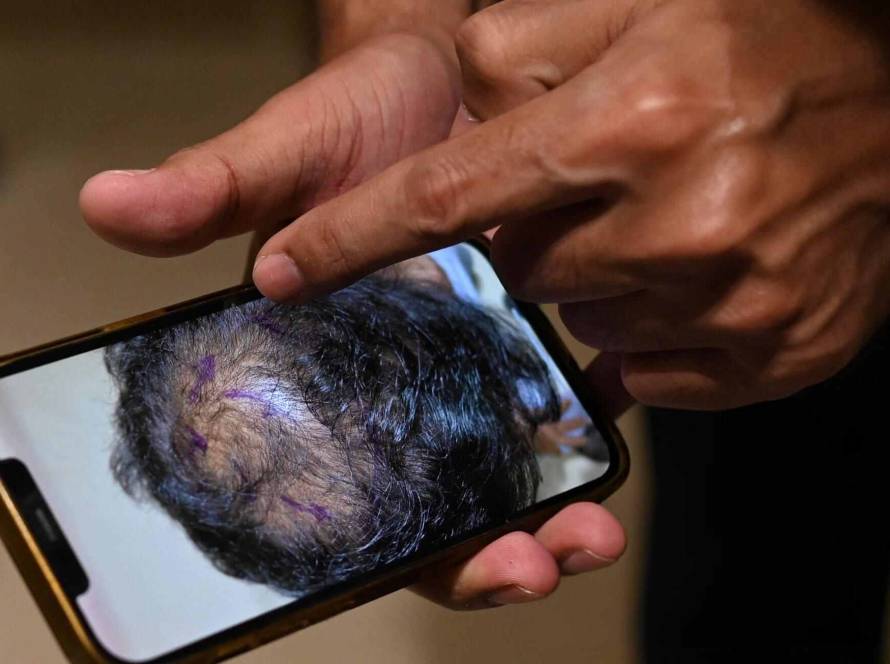Understanding the Common Causes of Hair Loss in Men and Women
Hair loss affects millions globally, regardless of age or gender. While losing hair can be a natural part of aging, it can also be caused by various factors ranging from genetics to lifestyle choices. Understanding the root cause of your hair loss is the first step toward finding an effective solution.
Hair Loss in Men
Hair loss in men, commonly referred to as male pattern baldness or androgenetic alopecia, is a widespread condition that can begin as early as a man’s 20s.
What causes hair loss in young adults?
- Genetics
The most frequent cause of hair loss in men is heredity. Male pattern baldness is typically inherited from either side of the family and progresses in predictable patterns, starting with a receding hairline and thinning at the crown. Over time, these areas may expand, leaving a horseshoe-shaped ring of hair around the sides and back of the head.
- Hormonal Changes
Male hormones called androgens play a significant role in hair growth and hair loss. One particular androgen, a hormone called dihydrotestosterone (DHT), is known to shrink hair follicles in men genetically predisposed to baldness. Over time, the affected follicles produce thinner, shorter hair strands, eventually stopping hair growth altogether.
- Age
As men age, the rate of hair growth slows down. Hair follicles may shrink or stop producing new hairs, leading to gradual thinning. Hair loss often accelerates and becomes more visible in men aged 40 and above.
- Stress and Lifestyle Factors
High levels of stress, poor diet, and lack of sleep can contribute to hair loss in men. Stress triggers a condition known as telogen effluvium, where a large number of hair follicles enter the resting phase, causing sudden hair shedding. Additionally, smoking and excessive alcohol consumption can damage hair follicles and accelerate hair thinning.
- Medical Conditions
Certain medical conditions, such as thyroid disorders, autoimmune diseases, and scalp infections, can lead to hair loss. Alopecia areata, for example, is an autoimmune condition where the body’s immune system attacks hair follicles, resulting in patchy hair loss.
Hair Loss in Women
Hair loss in women, though less discussed, is also quite common. Unlike men, women usually experience more diffuse thinning rather than a receding hairline or bald patches.
What causes hair loss in young adults?
- Hormonal Imbalance
Hormonal changes are a major contributor to hair loss in women. Hormonal hair loss can occur due to polycystic ovary syndrome (PCOS), pregnancy, childbirth, and menopause can all cause fluctuating hormone levels that affect hair growth. A decline in estrogen and an increase in androgens (male hormones) during menopause can lead to thinning hair.
- Genetics
Just like men, women can inherit a predisposition to hair thinning from their family. Female pattern hair loss typically presents as a diffuse thinning across the scalp rather than distinct bald patches. Female pattern baldness, also known as androgenetic alopecia, usually manifests as overall thinning across the scalp, starting around the crown.
- Nutritional Deficiencies
A lack of essential nutrients, particularly iron, vitamin D, and protein, can cause hair to become weak and brittle, leading to increased hair shedding. Women who follow restrictive diets, suffer from eating disorders, or have conditions like anemia are more prone to hair loss due to nutritional deficiencies.
- Stress
Similar to men, women are susceptible to telogen effluvium, a type of temporary hair loss caused by significant stress. Emotional or physical stress, such as major life changes, illness, or surgery, can push a large number of hair follicles into the resting phase, leading to noticeable shedding.
- Hair Styling and Treatments
Excessive use of heat styling tools, chemical treatments, tight hairstyles, and frequent dyeing can damage hair and weaken follicles over time. Traction alopecia, for instance, occurs when tight hairstyles like ponytails or braids pull on the scalp, causing hair loss along the hairline.
Why Am I Losing Hair? Hidden Triggers in Men and Women
In addition to the gender-specific causes of hair loss, several factors can affect both men and women:
- Medications
Certain medications, including those used to treat cancer, arthritis, depression, and high blood pressure, can have hair loss as a side effect. Chemotherapy, in particular, is known to cause widespread hair loss.
- Autoimmune Diseases
Conditions such as alopecia areata can affect both men and women. In this condition, the immune system mistakenly attacks hair follicles, causing patchy hair loss that may occur on the scalp, face, or body.
- Poor Scalp Health
Conditions like seborrheic dermatitis, psoriasis, and fungal infections can damage the scalp, leading to hair loss. Ensuring a healthy scalp is vital for maintaining strong, healthy hair growth.
Solutions for Hair Loss
The good news is that many effective treatments are available for both men and women experiencing hair loss. For those experiencing significant hair loss, hair transplant surgery is a highly effective and permanent solution. This procedure involves transplanting healthy hair follicles from a donor area to the thinning or balding areas. Even simple lifestyle changes like eating better or cutting back on stress can breathe new life into your hair.
Hair loss can be distressing, but it’s important to remember that there are various causes and solutions available. Whether you’re experiencing thinning hair or baldness due to genetics, hormonal changes, or lifestyle factors, identifying the root cause is the first step to finding the right treatment. We offer various hair transplant solutions tailored to each patient’s unique needs for effective and lasting results.
Contact us now.



